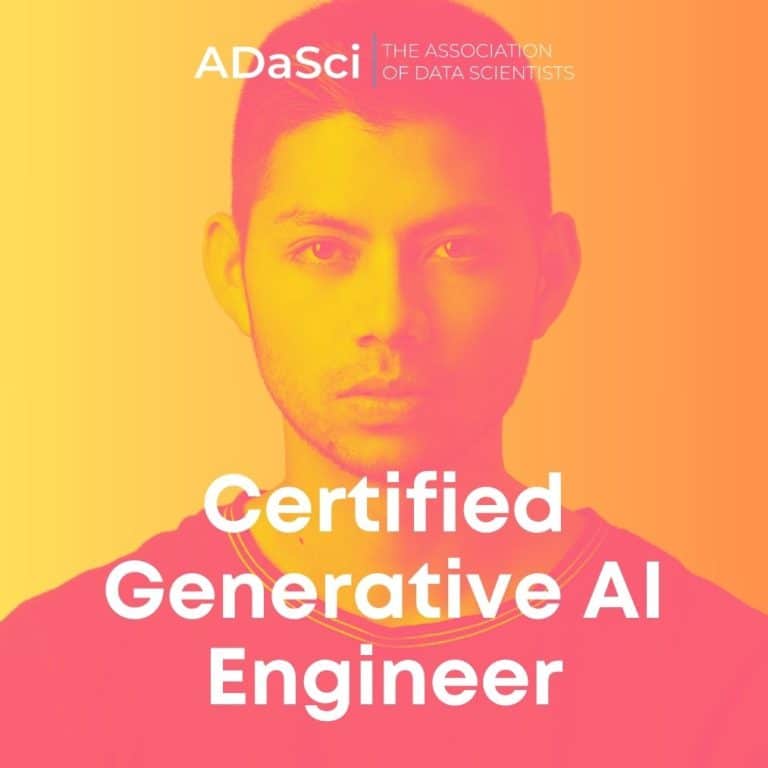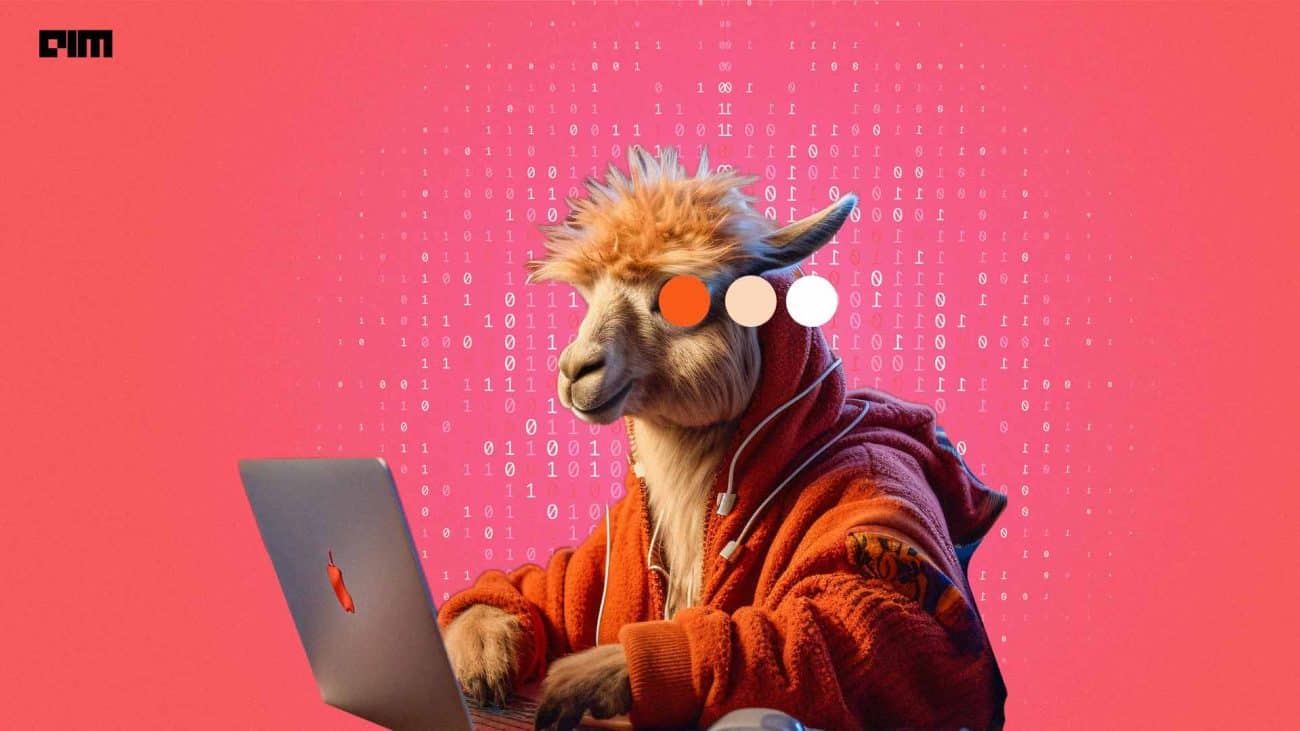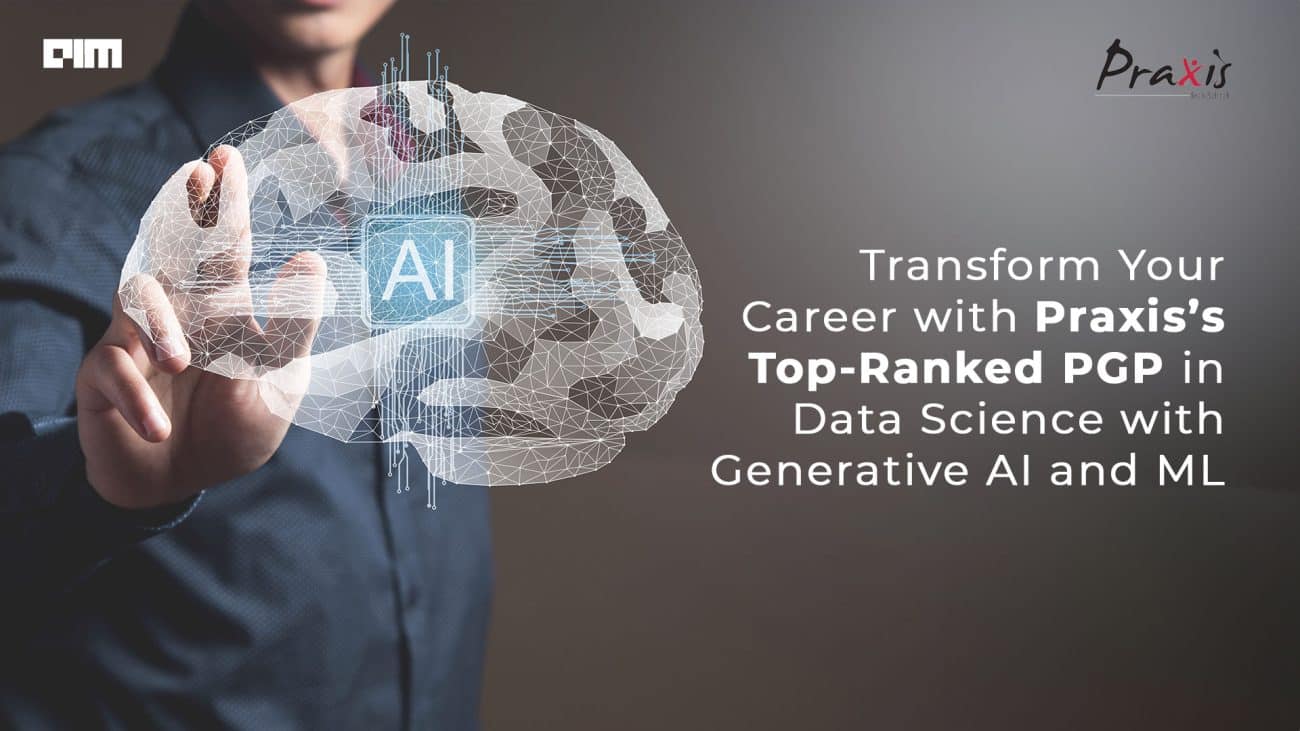When Meta entered the generative AI space anxious after the launch of OpenAI’s GPT-3.5-based ChatGPT, they were actually clueless about how to even register their presence in the AI space. OpenAI was the cynosure of all eyes in this space.
However, an unexpected incident occurred at Meta when their LLaMA model, created to assist researchers, was leaked on 4chan just a week after its announcement in March. The incident, which initially threatened to spell ‘game over’ for Meta, transformed the AI space forever and the company became the biggest player in the open source AI community.
In May, a memo leaked from a Google researcher who was sceptical about the future of Google and OpenAI in the AI field as both the companies had “no moat” in the industry. The researcher’s concern was widely discussed in the ecosystem and a few months later, after the wide success of LLaMA and Llama 2, the researcher’s scepticism seems to be coming true.
Don't understand why companies like Open AI and Google won't open-source their last gen LLMs and models.
— Bindu Reddy (@bindureddy) October 25, 2023
Shouldn't Open AI open-source GPT-3.0 and Google, early versions of PaLM, at least for research purposes?
They would get so much love and affection from the tech and…
In March, Google announced giving access to developers to its large language model PaLM via API. Along with the API, the tech giant also announced a new app called MakerSuite. “With MakerSuite, you’ll be able to iterate on prompts, augment your dataset with synthetic data, and easily tune custom models,” said the company in a press release.
The announcements sound big, but not enough from the perspective of open source. Though the company is still doubling down on AI with its recently launched PaLM 2, a powerful language model with improved multilingual, reasoning, and coding abilities, it should still open source the previous PaLM model launched in April, last year.
Imagining Open Source PaLM World
The first and foremost impact of an open-source PaLM will be on research and development. Open sourcing PaLM would make it available to a wider range of researchers and developers, who could use it to experiment with new AI techniques and develop new AI applications. This could lead to a rapid acceleration in AI research and development.
Open sourcing PaLM would encourage collaboration between researchers and developers from different organisations. This would help create a more vibrant and productive AI ecosystem. Besides, it will provide a more equitable access to AI. It would make PaLM more accessible to researchers and developers all over the world, regardless of their financial resources, thus reducing the digital divide.
The biggest issue with any AI is transparency and accountability. With PaLM open source, researchers and developers would be able to inspect and audit the model’s code, which would help make AI more transparent and accountable. This would be important for building trust in AI and ensuring that it is used responsibly.
All these improvements will lead to the development of new medical diagnostic tools and new AI-powered tools for predicting patient outcomes. Education is another sector where the model could be used to develop new AI-powered tools that tailor learning to each student’s individual needs.
PaLM could be used to develop new AI-powered tools for solving complex problems in areas such as climate change, energy, and transportation. This could help the community to create a more sustainable and equitable future.
OpenAI Should Pay Heed
Like Google, OpenAI too does not have any moat against other LLMs and the users are continuously declining. In June and July, the number of active users on ChatGPT decreased by nearly 10% each month. In August, it logged a 3% drop in global users.
OpenAI now has GPT-4 to boast and is expected to release the next model in coming months. It’s time the company open-sourced its GPT-3 to catch up to the expanding open source segment.
GPT-3, with a whopping 175 billion parameters, can transform the open source game completely.
What sets GPT-3 apart is its few-shot and zero-shot learning capabilities. This means that the model can perform tasks with minimal training examples or even without prior training on a specific task, making it adaptable and quick to take on new challenges.
GPT-3’s applications are diverse. It can be fine-tuned for various purposes, from chatbots and virtual assistants to content generation and even code generation. The model’s text generation is of high quality, often producing output that is indistinguishable from human-authored content, which makes it highly valuable for generating text and responding to user queries.
Furthermore, GPT-3’s impact extends beyond its practical applications. It has spurred significant research and development in the field of natural language processing, pushing the boundaries of what can be achieved in AI-driven text generation.
With Great Power Comes…
There is a lot of discussion about AI safety and OpenAI has raised its voice against open source, which it sees as a big threat. It loves to paint an eerie picture of uncontrolled AI. Both these companies fear that these powerful AI models would be used for malicious purposes, such as generating fake news or propaganda.
Besides, open sourcing would make it easier for competitors to replicate their AI capabilities, at times giving them an edge over the creator themselves. While open sourcing LLMs is not without its challenges, its existence could drive innovation in AI and natural language processing, shaping the future of this field like LLaMA and Llama 2.










































